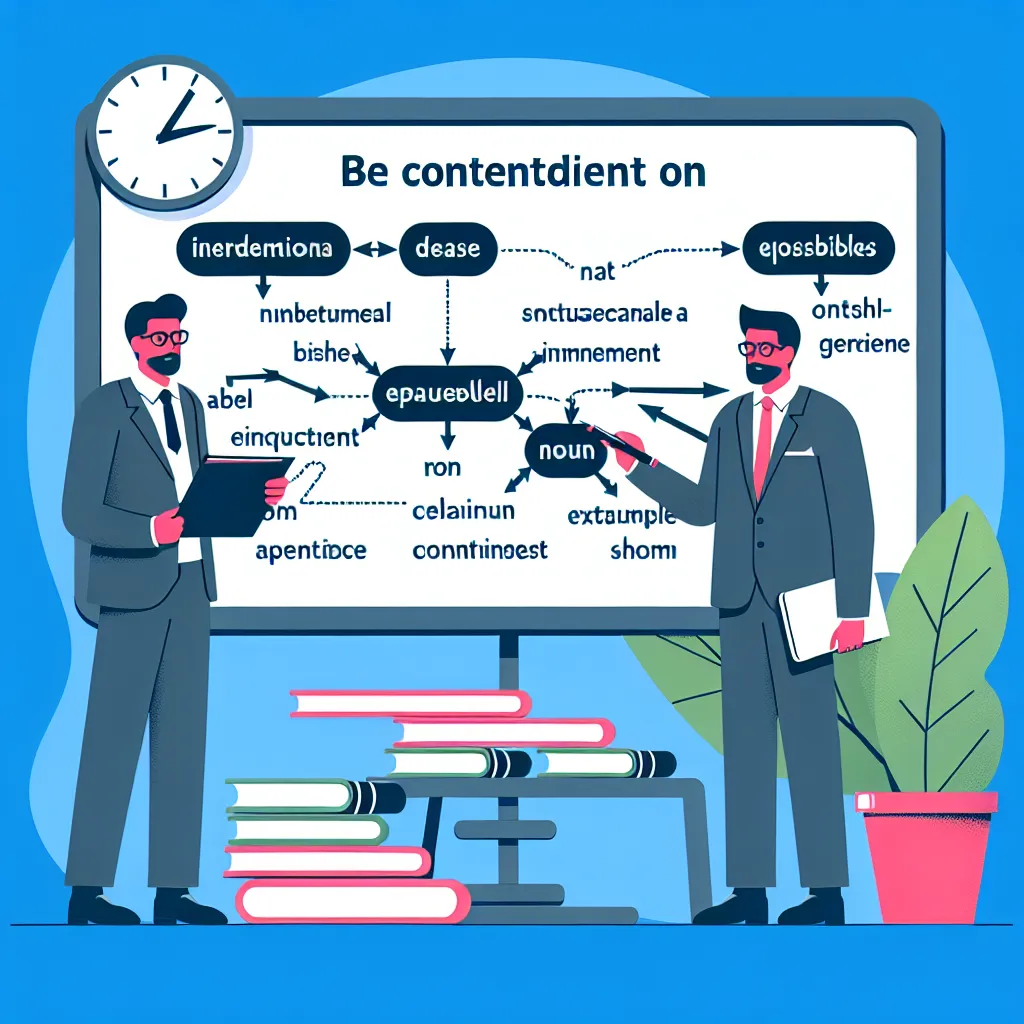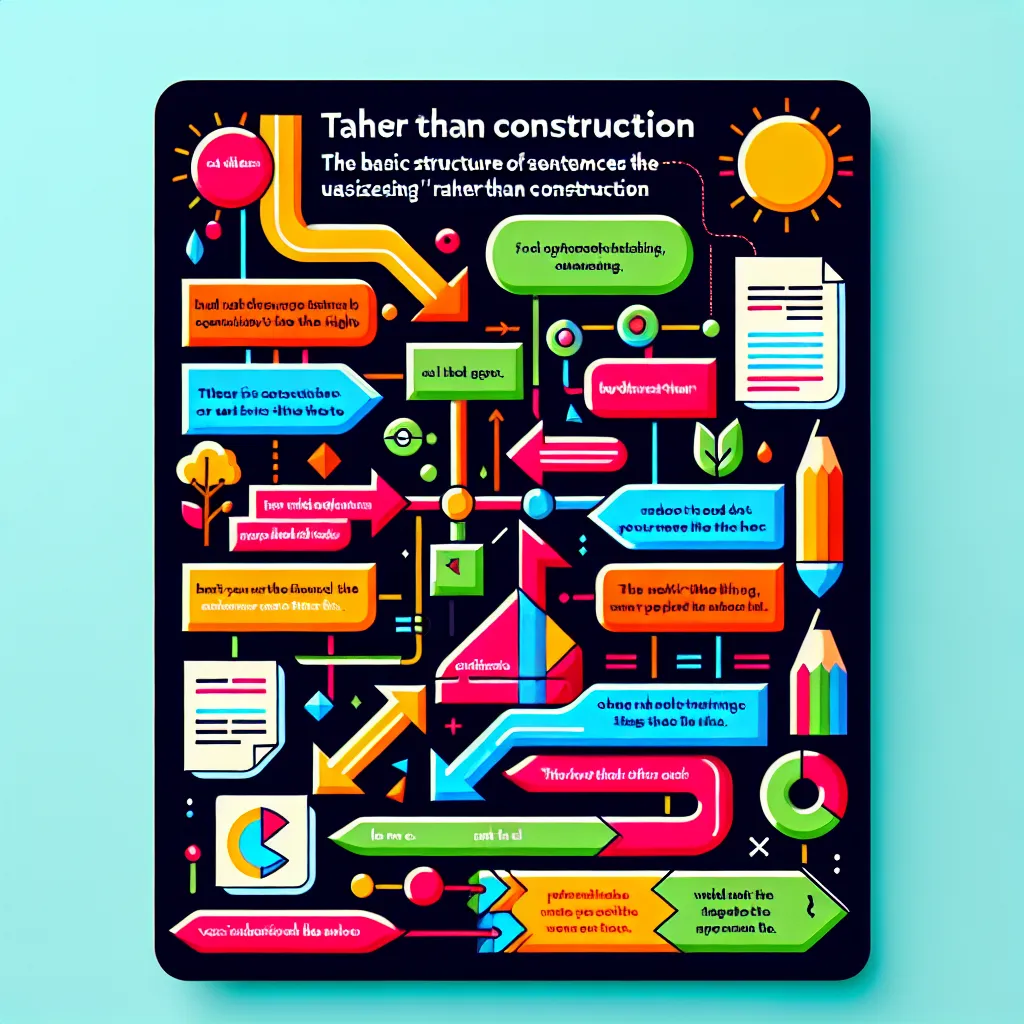The IELTS exam often challenges test-takers with complex grammatical structures, and one such structure that frequently appears is “be intent on + gerund”. Understanding and using this phrase correctly can significantly enhance your score across all sections of the IELTS test. Let’s dive deep into its meaning, usage, and how to incorporate it effectively in your IELTS preparation.
Understanding ‘Be Intent On + Gerund’
The phrase “be intent on + gerund” is used to express a strong determination or focus on doing something. It conveys a sense of purpose and commitment to an action or goal. This structure is particularly useful in IELTS Writing and Speaking tasks where you need to express motivation, ambition, or dedication.
Grammatical Structure and Usage
The basic structure is:
[Subject] + [be] + intent on + [verb+ing]
For example:
- She is intent on finishing her degree this year.
- The government is intent on reducing carbon emissions.
- They were intent on improving their English skills for the IELTS test.
In these examples, the subjects (she, the government, they) are strongly focused on achieving specific goals (finishing a degree, reducing emissions, improving English skills).
 IELTS student intent on studying
IELTS student intent on studying
Applying ‘Be Intent On + Gerund’ in IELTS Tasks
IELTS Writing Task 2
In Writing Task 2, using “be intent on + gerund” can help you express strong opinions or describe determined actions. For instance:
“Many governments are intent on promoting sustainable energy sources. While this is commendable, they should also be intent on educating the public about energy conservation.”
Analysis: This sentence demonstrates a sophisticated use of the structure twice, showing the writer’s ability to discuss complex ideas with appropriate language.
IELTS Speaking Part 3
In Speaking Part 3, where you’re expected to discuss abstract ideas, you could use this structure to talk about personal or societal goals:
Examiner: “How do you think technology will change education in the future?”
Candidate: “I believe educational institutions are intent on integrating more virtual reality technologies into their curricula. They seem intent on creating immersive learning experiences that can engage students more effectively.”
Analysis: Using this structure twice in your response showcases your ability to use advanced grammatical constructions naturally in conversation.
Advanced Usage and Variations
To score higher in IELTS, it’s crucial to demonstrate flexibility with language. Here are some variations and related phrases:
-
Be determined to + infinitive
“She is determined to succeed in her IELTS exam.” -
Be committed to + gerund/noun
“The company is committed to reducing its environmental impact.” -
Be bent on + gerund/noun
“The researcher is bent on discovering a cure for the disease.”
Comparing these structures:
- “Be intent on” implies a strong focus or determination.
- “Be determined to” suggests a firm decision or resolution.
- “Be committed to” indicates a sense of dedication or pledge.
- “Be bent on” can imply a more intense, sometimes obstinate determination.
Using these variations appropriately can help you achieve a higher band score by demonstrating a wide range of vocabulary and structures.
Common Mistakes and How to Avoid Them
-
Incorrect verb form after “intent on”
Incorrect: She is intent on to study for IELTS.
Correct: She is intent on studying for IELTS. -
Confusing “intent” with “intend”
Incorrect: They are intend on improving their scores.
Correct: They are intent on improving their scores.
(Note: “Intend” is used differently: “They intend to improve their scores.”) -
Overuse or inappropriate context
Be careful not to overuse this phrase. It’s most effective when expressing strong determination or focus, not for everyday activities.
Practice Exercises for IELTS Preparation
-
Writing Task 2: Write a paragraph about environmental protection using “be intent on + gerund” at least twice.
-
Speaking Practice: Describe your career goals using this structure and its variations.
-
Reading comprehension: Identify sentences in IELTS reading passages that express similar meanings to “be intent on + gerund” and practice paraphrasing them.
-
Listening exercise: Listen to academic lectures or news reports, noting instances where speakers express strong determination, and practice rephrasing these using “be intent on + gerund”.
Conclusion
Mastering the “be intent on + gerund” structure can significantly enhance your IELTS performance. It allows you to express determination and focus precisely, which is valuable across all sections of the test. Remember to practice using this structure in various contexts, and don’t forget to explore its variations to demonstrate linguistic flexibility. By incorporating this phrase naturally into your language use, you’ll be well on your way to achieving a higher band score in your IELTS exam.
For further practice, consider exploring related grammatical structures such as being committed to + gerund or with the intention of + gerund, which can also boost your IELTS score by diversifying your language use.


